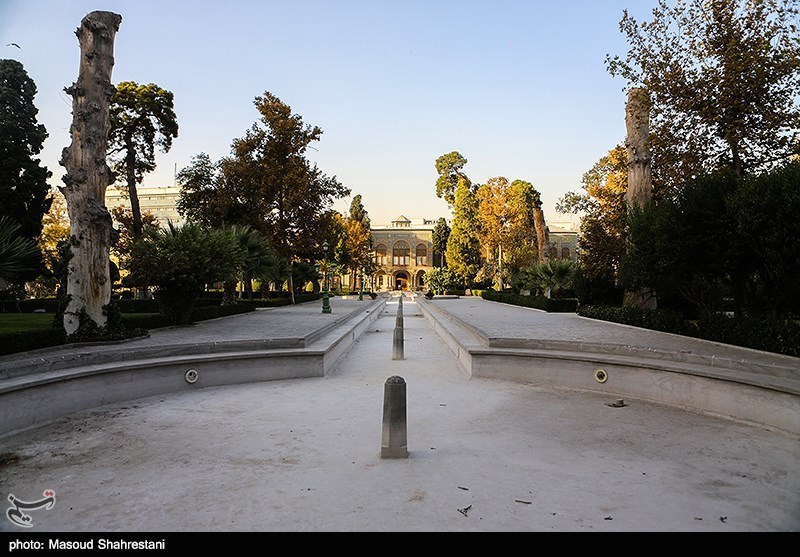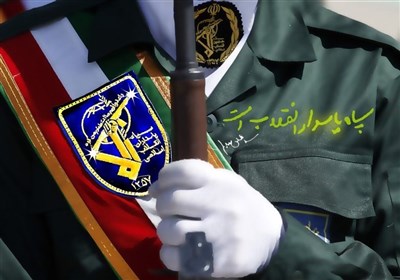Golestan Palace: A Historical Complex at the Heart of Iranian Capital
TEHRAN (Tasnim) - As one of the UNESCO heritage sites, Golestan Palace is an intangible cultural heritage of Iran located in Tehran. It is considered the best manifestation of Iranian art and architecture from the Qajar era (19th and 20th centuries), particularly under Nasereddin Shah.
Stretching over an area of 4½ hectares, the site is near Tehran’s traditional bazaar. It was built 440 years ago.
Golestan Palace compound includes several structures. In general, all of them have two sections of Andaruni (interior) and Biruni (exterior). The interior is known as Golestan Palace, which includes the courtyard of Dar al-Hokumah (Divan Khaneh) and a square-shape garden called Golestan Garden. In the northern part, the palaces are interconnected by a few doors and corridors ending in ‘Andarun’ or ‘Haram Khaneh’, according to destinationiran.com.
The construction of this royal citadel began during the rule of Shah Tahmasb, the Safavid King, and continued during the Qajar era. From a functional standpoint, this royal palace compound was used by both Pahlavi kings as well.
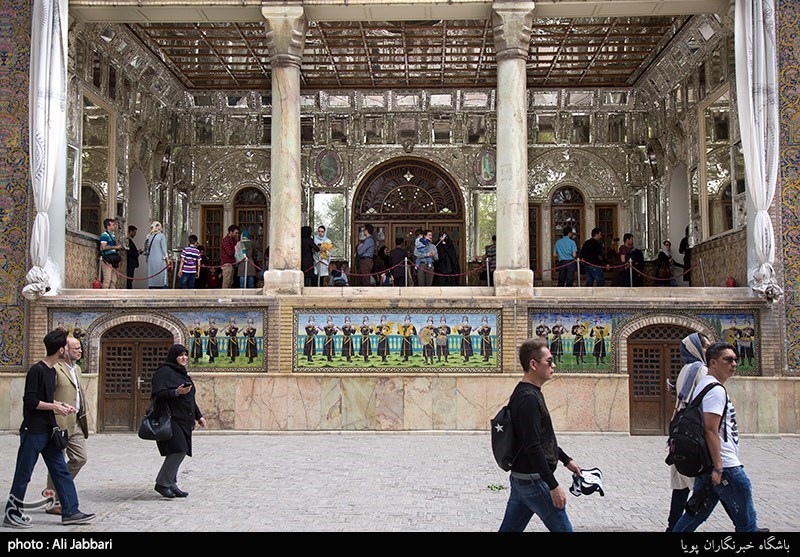
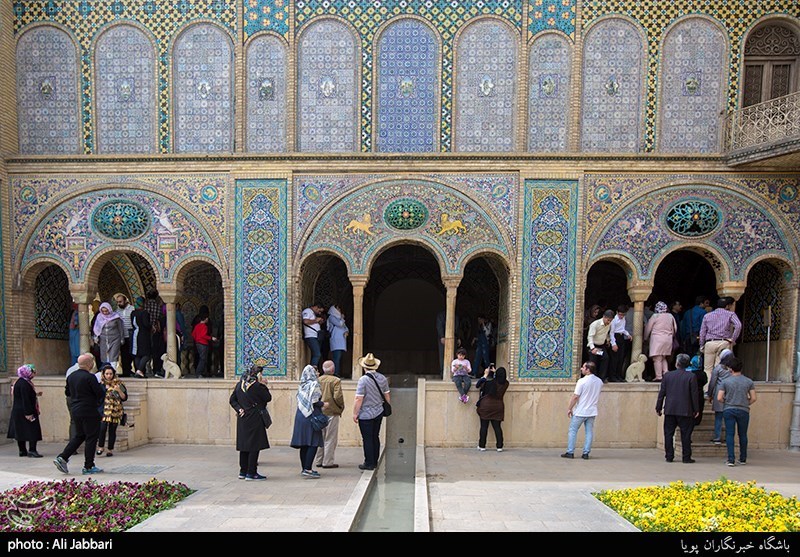

Earlier buildings
The buildings which initially existed in this compound were: Khabgah-e Nasseri (Nasseri sleeping wing), Emarat-e Andaruni, the Hall of Khan-e Maghfur, Khoruji Emarat (exit building), Emarat-e Sandoq Khaneh, Royal Rakhtdar Khaneh (Grand Closet) and Tekyeh Dowlat. Now, here’s a summarized explanation of some of the above buildings’ functions:
Tekyeh Dowlat: It was a royal theater hall for religious performances, which was located on the southeast of the compound and next to Shams-ol-Emareh Palace and opposite Shah Mosque. Unfortunately, it doesn’t exist anymore. It had a third entrance including a dark and labyrinth-like corridor connecting Shah-Neshin (royal section) to the southern part of the compound. Shah usually used this corridor to go to Tekyeh Dowlat.
Shams-ol-Emareh Palace: The idea of building this palace came from Nasereddin Shah’s first trip to Europe. He had decided to build a special palace inspired by the high structures he had seen in foreign countries. It’s worth mentioning that despite the initial idea, this building turned to be a complete example of Iranian art and architecture as far as general plan and interior wall-and-ceiling design were concerned.
Shams-ol-Emareh Palace was built in five stories reaching 35 meters. In its time, it was the tallest building of Iran constructed on a metal structure.

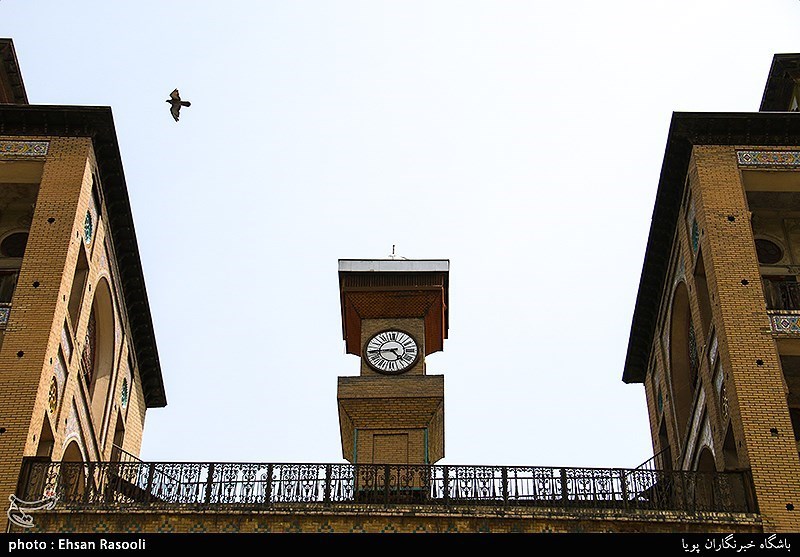
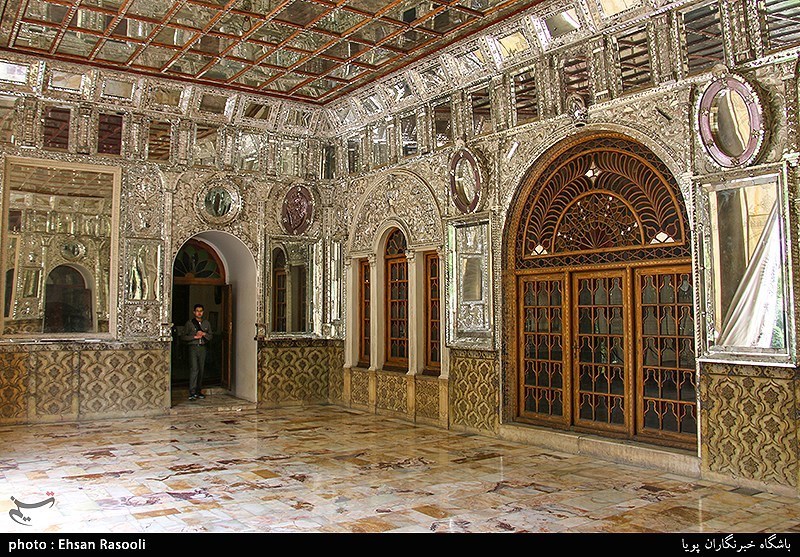
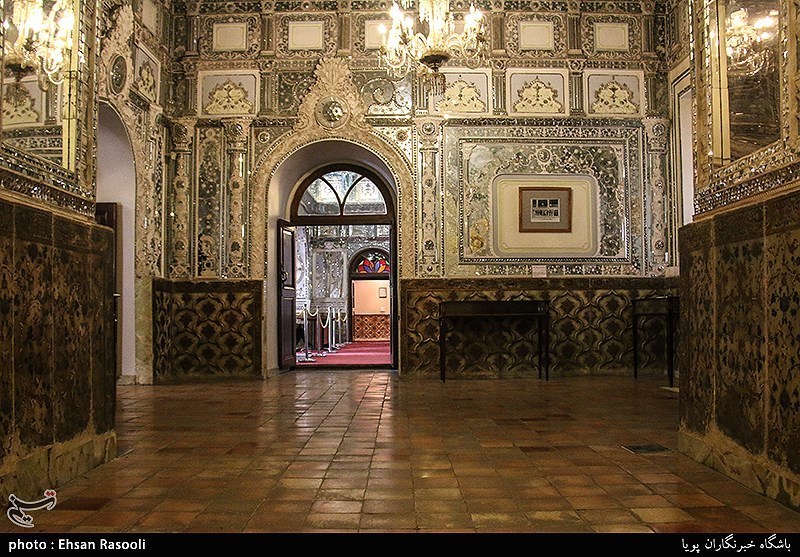
Present buildings
What today can be seen in this palace compound include: Shams-ol-Emareh, Main Palace (including Greeting Hall or Museum Room as well as Mirror Hall), Abyaz Palace, Hoze Khaneh, Eyvan-e Takht-e Marmar, Khalvat-e Karimkhani, Ivory Hall (Sofreh Khaneh), Berelian Hall, Almas Hall, Badgir Hall, Negarkhaneh, Emarat-e Khabgah, and Chador Khaneh.
Khalvat-e Karimkhani: Under Agha Mohammad Khan, the founder of Qajar dynasty, a structure was built at the northern wing that lacked exterior walls. A marble throne was installed there to provide a sitting place for him during pleasant times of the year. He, then, buried the bones of the latest Zand ruler under this section’s steps to refresh his memory by stepping on the remaining bits and pieces of the previous dynasty’s ruler every day. Of course, after the fall of Qajar’s dynasty, those bones were exhumed and the remnants were transferred to Qom for reburial.
Greeting Hall (Museum Room): After his first visit to European museums, Nasereddin Shah, set up a museum in his palace to showcase some of the exquisite pieces Iranian government had collected.
Mirror Hall: In addition to the type of embellishment and the location of the hall, its reputation is more in debt to the famous oil-on-canvas painting masterfully created at this hall by famous painter Kamal-ol-Molk Ghaffari in 1930.
Ivory Hall (Sofreh Khaneh): It is one of the most beautifully decorated tangible cultural heritage of Iranians, which was later transformed into a museum. The gifts presented by foreign kings and rulers were kept in this hall.
Abyaz Palace (Anthropology Museum): Inspired by European buildings, it was built and decorated in white on the exterior walls using plasterworks. The objects of the Museum of Anthropology (opened in 1935) were transferred to this building in 1968. It reflects customs, rituals and traditional scenes of Iranians’ lives in two floors.
Emarat-e Badgir: This building is covered by magical embellishments including beautiful paintings and enchanting mirror-works. The reason to choose this name for this palace is the four wind catchers constructed into it ornamented by blue, yellow and black tiles together with mosaic works and gold sections. Badgir is wind catcher in Persian.
Eyvan-e Takht-e Marmar: It is the portico decorated with a marble throne built of 65 marble pieces of various sizes. It was built by Shirazi artists and transferred from Shiraz to Tehran in the 19th century. It was initially the seat of Nasereddin Shah, who received audience in the garden facing this portico, creating a breathtaking scene.
Negar Khaneh: It was considered part of the Hoze Khaneh of the Greeting Hall. The works of Iranian artists of Qajar era are maintained and displayed there today. They also include the works of Kamal-ol-Molk.
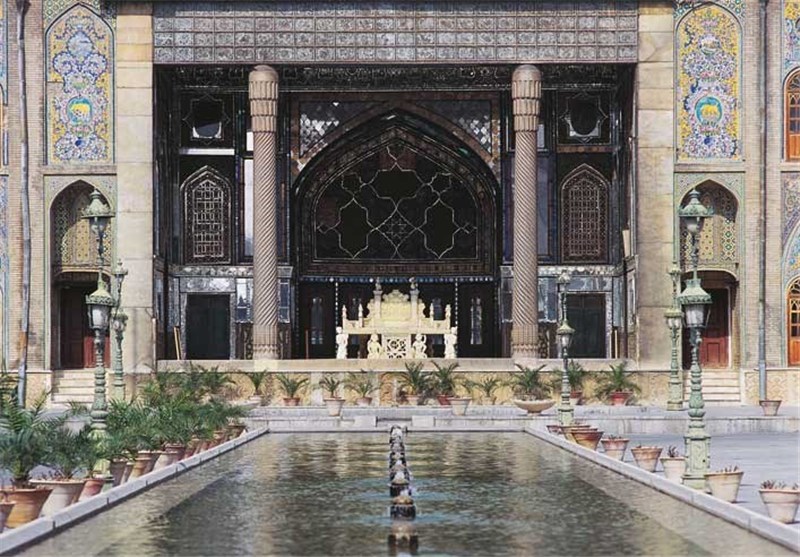
This compound is an Iranian tangible cultural heritage that has witnessed various historical events. They are as follows:
● Qajar kings have ascended to throne there including Agha Mohammad Khan.
● Iranian National Council inaugurated and held its first session there in 1945.
● The council of the founders was held in Tekyeh Dowlat after the fall of Qajar and the beginning of the Pahlavi Dynasty.
This tangible cultural heritage of Iranians has maintained part of the living history of Iran in itself. In addition, it served as the center of some political developments during the Constitutional Movement. Golestan Palace Compound hosts several Iranian and foreign visitors every year due to its unique architecture as well as historical and artistic values.

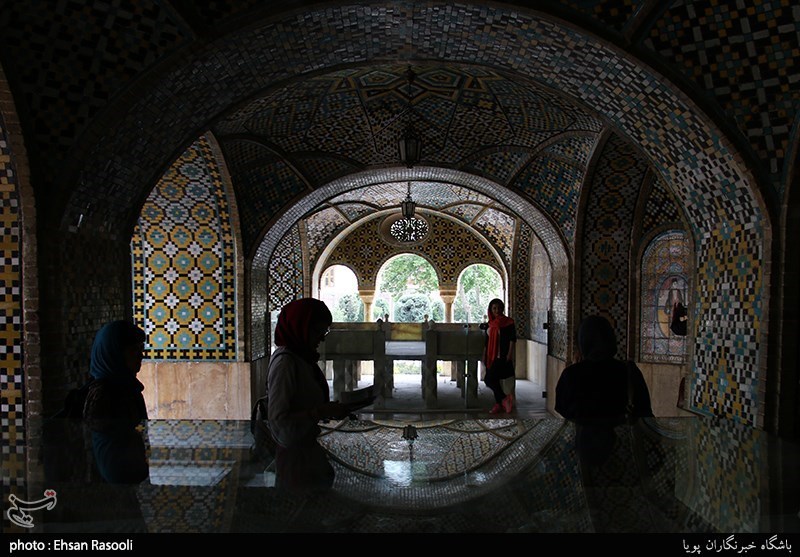
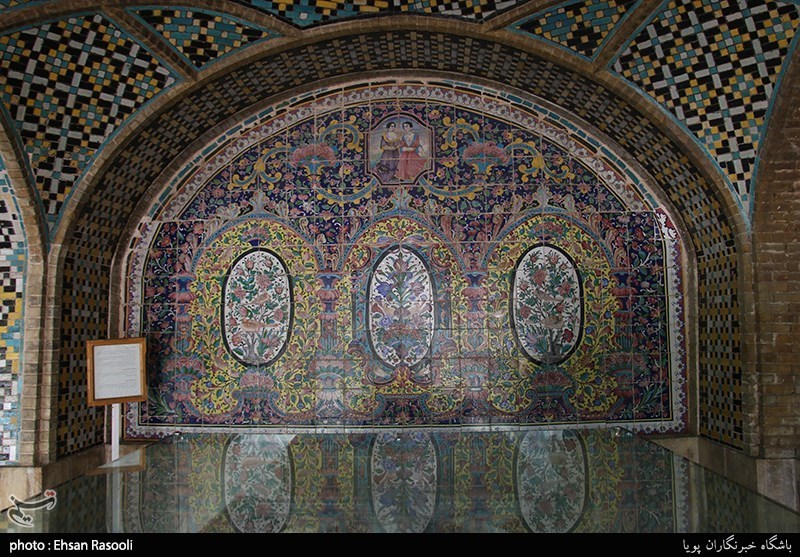
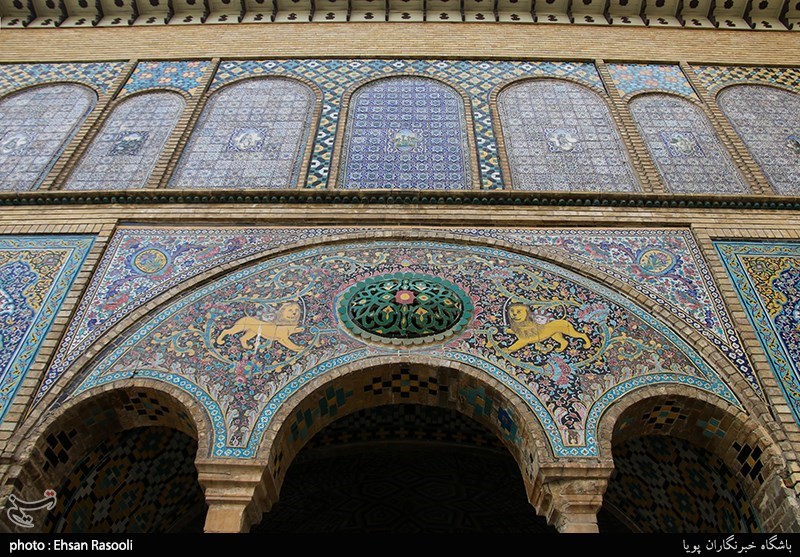
Source: Iran Daily
